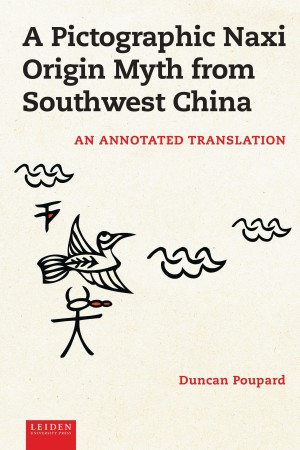This manuscript offers some very innovative and exciting ways of appreciating the Naxi ritual texts for what they are – a sort of writing that is intimately connected to oral tradition. This is actually factor of a good deal of “local” or ethnic writing in the diverse ethnic minority communities in China, and aspects of this study will inform the study of not only the Naxi tradition of writing, ritual, and performance but that of other regional traditions awe well (including Yi, She, etc.) and may even have global ramifications with other writing traditions with strong ritual/oral connections such as Mayan and various epic traditions in India, the Middle East, etc. Overall, the language of the manuscript is easy to follow and flows well, despite the introduction of certain specialist terminology (essential to conveying the author’s points). This work is an important landmark in the study of traditional Naxi literature from Southwest China. The author offers a masterfully rendered version of a key origin narrative of the Naxi people of Lijiang, Yunnan. The text, which narrates the origins and early migrations of humankind, was translated by a Dutch missionary named Elise Scharten in the early 20th century. Over 100 years later, the author, working with Naxi dongba ritualists, has created a modern annotated translation that will be welcomed by students of Chinese ethnic minority literature, Indigenous studies, and orality and writing studies worldwide.
Mark Bender, Professor of Chinese Literature and Folklore, Chair, Department of East Asian Languages and Literatures, The Ohio State University.

